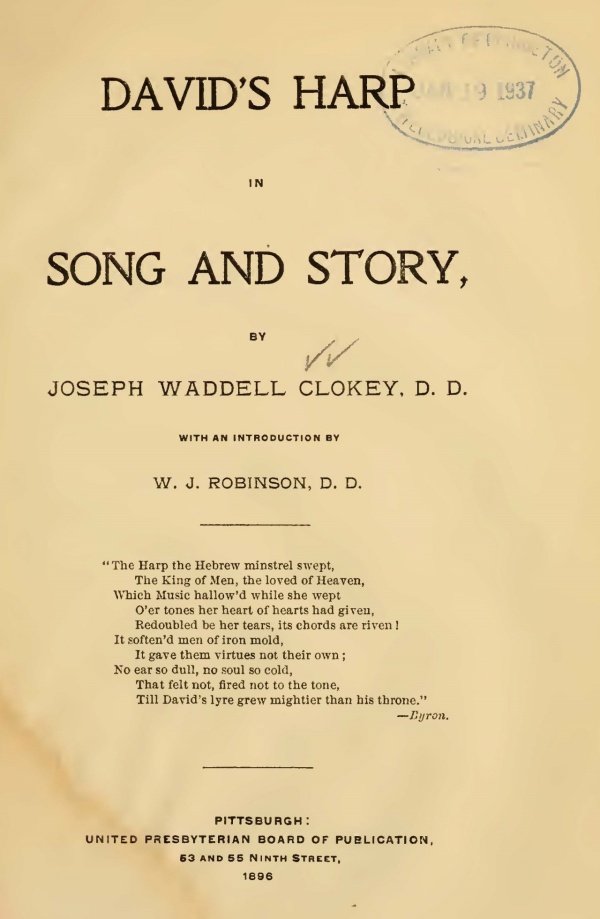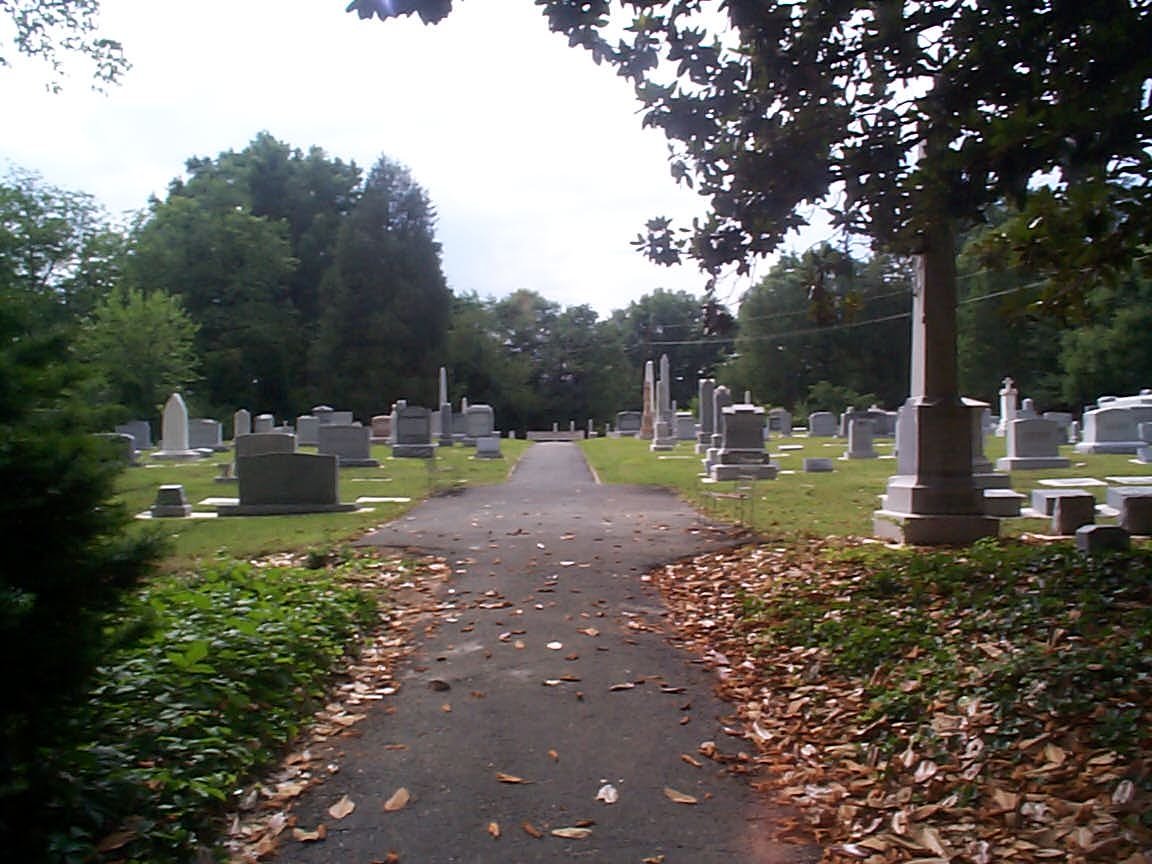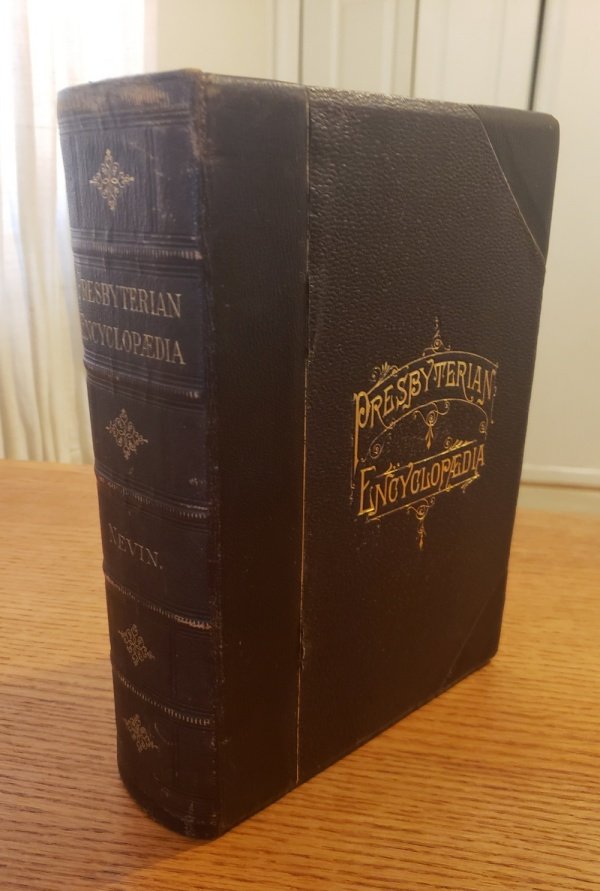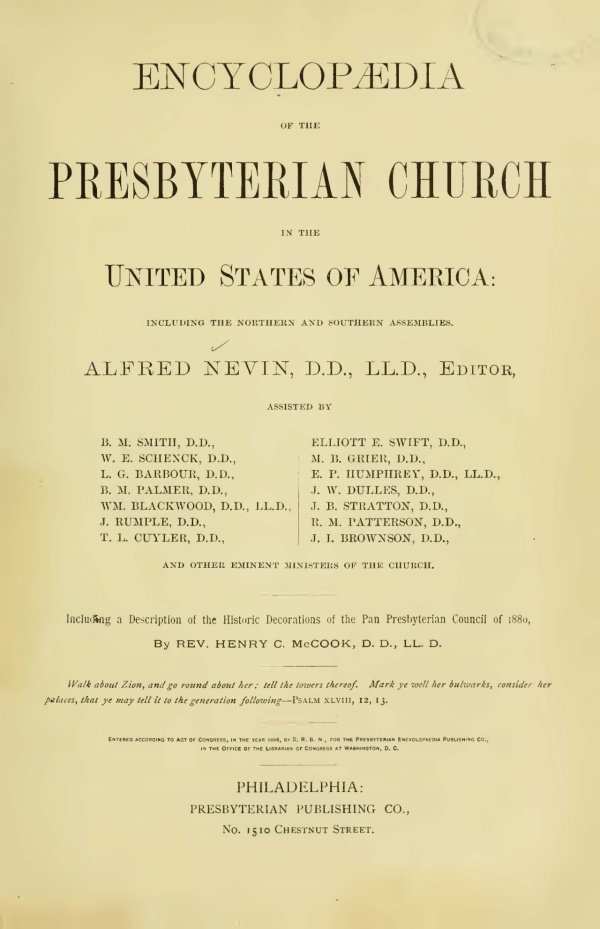Receive our blog posts in your email by filling out the form at the bottom of this page.
An 1879 deliverance from the Presbytery of Roanoke (Virginia, PCUS) speaks to the importance of keeping the entire Lord’s Day holy, in contrast to those who might wish to keep only a part of it.
In the words of James Richard Crews, moderator of the Presbytery, as recorded in the September 17, 1879 issue of The Central Presbyterian:
The Sabbath is an essential bulwark of evangelical Christianity, without which, in its true scriptural sacredness, vital godliness cannot be maintained. In the beginning (Gen. ii:3) “God blessed the seventh day and sanctified it.” It was republished from Mt. Sinai in a way the best suited to show its perpetual obligation, receiving the remarkable distinction of being “written with the finger of God” among the other commandments of the decalogue. It is impossible to give any reason for this, except that the fourth commandment is found upon the same moral and religious principles which underlie all the others, and is of like permanent force. The change of the day from the 7th to the 1st day of the week, under the New Testament, does not infringe in the least upon the fundamental principle of the commandment, the duty of devoting one-seventh of our time to rest and religious worship. But while it leaves in unabated force the original idea and aim of the institution, viz: by its recurrence every seventh day, to commemorate the creation and keep alive the knowledge and worship of God, at the same time, by it occurrence now upon the first day of the week, it serves the important end of celebrating the resurrection of our Lord Jesus Christ, “who was delivered for our offences, and was raised for our justification.”
Our Lord disallowed the pharisaical and unscriptural restrictions which the Jewish doctors had imposed upon the Sabbath, and has shown us that we should make it a cheerful and beneficent, as well as a holy, religious day. But when he declared that “the Sabbath was made for man, not man for the Sabbath,” (which has been so perverted, in the interest of Sabbath day amusements,) it were in the highest degree preposterous to suppose that he who came down from the skies to save men’s souls and bring them back to God, could have ignored and disregarded what is man’s chief characteristic and highest glory, -- not his animal, nor his intellectual, but his moral and religious nature. Mankind cannot do without the Christian Sabbath, because they cannot do without religion. And just here it is proper to remark, that in those countries where Sunday amusements are in vogue, Sunday work is also. Break down the sacredness of the day, and it becomes ultimately more a day of toil than a day of recreation, while vital religion disappears altogether. Dilute the Sabbath with worldliness, and you in the same proportion dilute and corrupt religion. Give one half of the day to secular thought, reading and chat, -- to mere worldly social converse and visiting, to say nothing of worldly business or travel, and you detract from the day more than one half of its holy influence. You endanger the whole. Because the wholesome impressions derived from the religious services of the morning are effaced and lost through the worldliness of the evening. The individual Christian needs the whole day, devoted to religion, in order to his own growth in grace. Misspent Sabbath evenings go far to account for the dwarfed growth of many Christians. Parents cannot afford to dispense with their Sabbath evenings for the religious instruction of their children, without which this sacred duty must be neglected. And the unconverted need to keep their Sabbath evenings, lest they “let slip” the “great salvation.”
Therefore, dear Christian brethren, recall that rule of Sabbath-keeping which you learned in your childhood, and both teach it to your children, and maintain it in your families – “The Sabbath is to be sanctified by a holy resting all that day, even from such worldly employments and recreations as are lawful on other days, and spending the whole time in the public and private exercises of God’s worship, except so much as is to be taken up in the works of necessity and mercy. This is but a just exposition of the commandment, “Remember the Sabbath day to keep it holy, *** wherefore the Lord blessed the Sabbath day and hallowed it.”
Read the entire Pastoral Letter here, and may the whole Lord’s Day be kept holy, and thus may we be wholly blessed.































